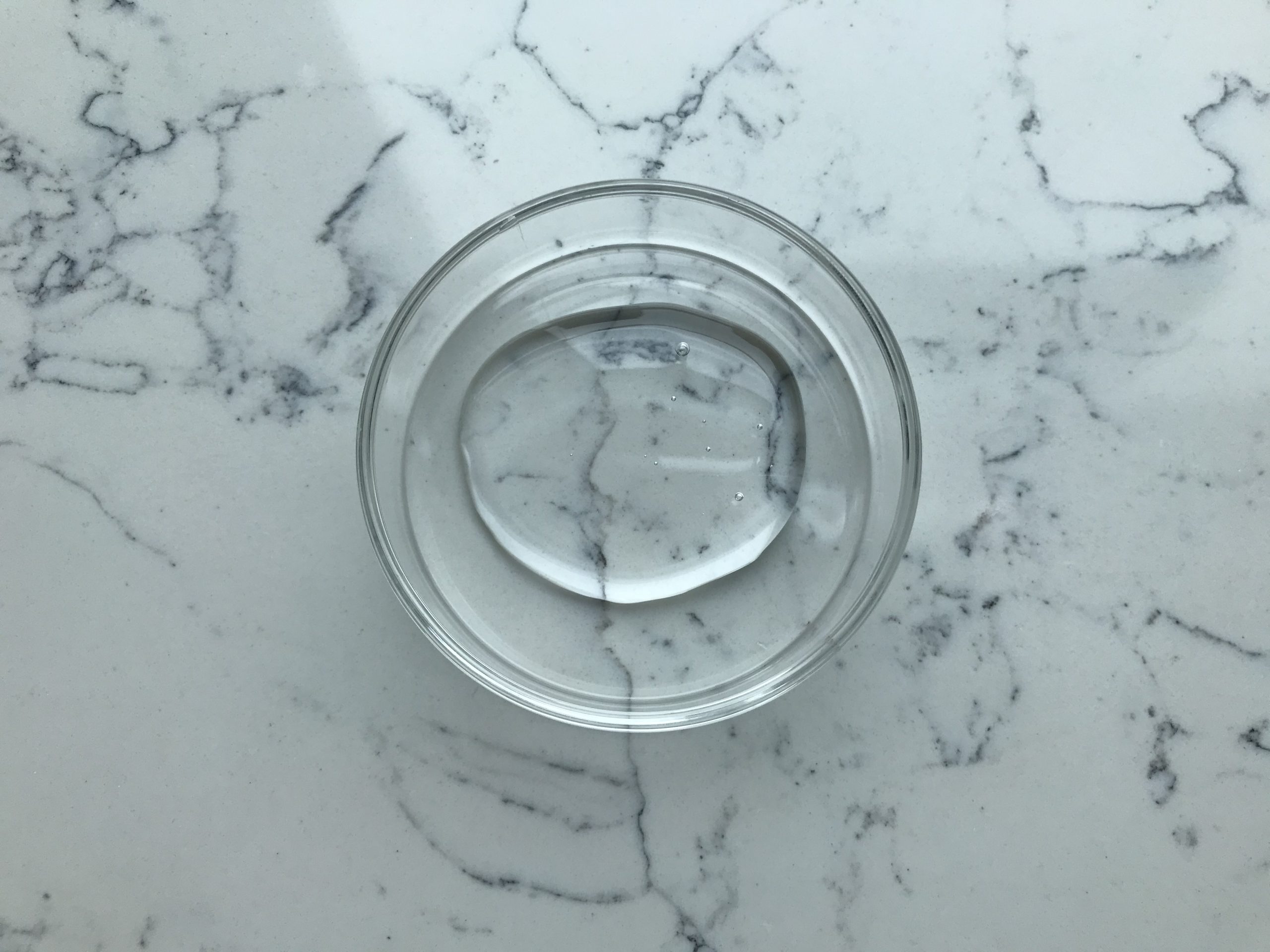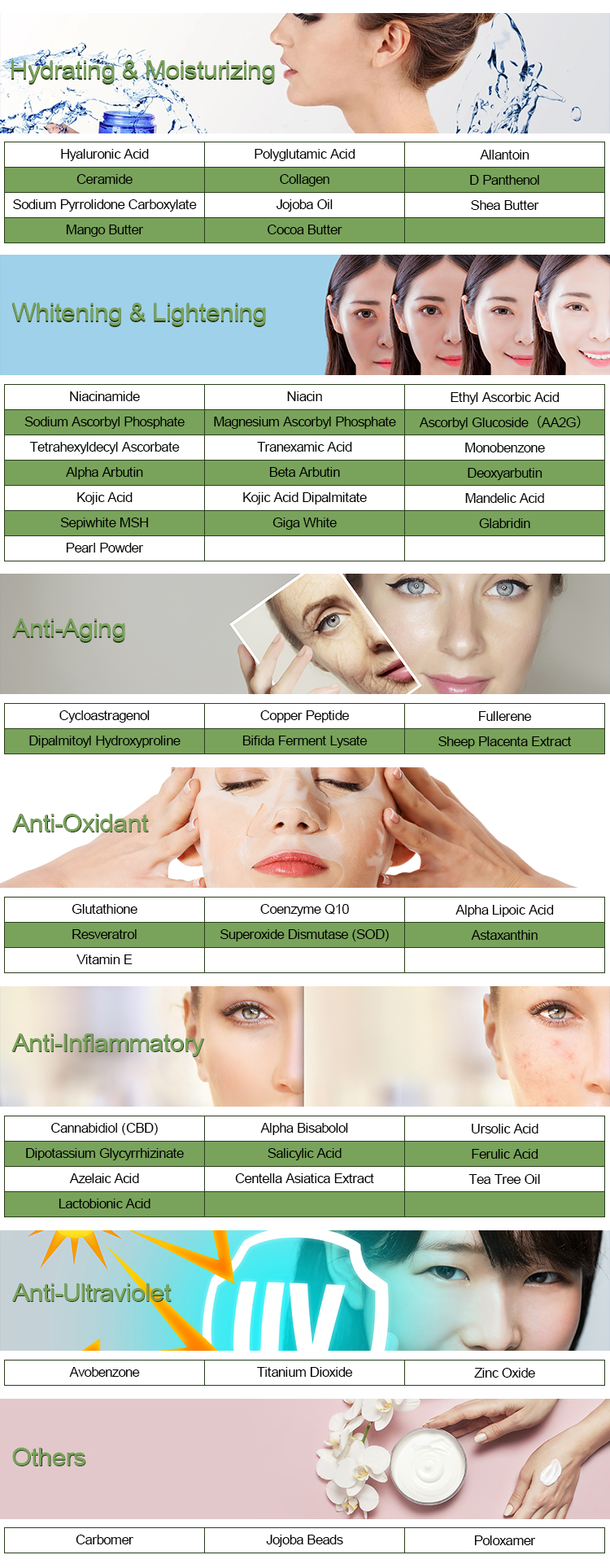D-Panthenol, also known as dexpanthenol or provitamin B5, is a water-soluble derivative of vitamin B5 (pantothenic acid). It’s commonly used in various cosmetic, pharmaceutical, and personal care products due to its beneficial properties for skin, hair, and overall health. Here is a comprehensive overview of the research on D-Panthenol:

Chemical Structure:
D-Panthenol has the chemical formula C9H19NO4 and is derived from pantothenic acid, which is an essential nutrient for humans. The “D” in D-Panthenol refers to the stereochemistry of the molecule.
Benefits and Uses:
D-Panthenol is known for its moisturizing, soothing, and healing properties. It has been widely used in various products for the following purposes:
- Skin Care: D-Panthenol is used in creams, lotions, and ointments for its ability to improve skin hydration, reduce transepidermal water loss (TEWL), and promote wound healing. It can help soothe irritated skin, making it suitable for products targeting dry, sensitive, and damaged skin.
- Hair Care: D-Panthenol is often found in shampoos, conditioners, and hair treatments. It can penetrate the hair shaft, improving its moisture retention and flexibility. This can lead to increased hair strength, reduced breakage, and enhanced shine.
- Wound Healing: D-Panthenol plays a role in wound healing by promoting the proliferation and migration of skin cells. It’s often used in medical dressings and creams to aid in the healing of minor cuts, burns, and other skin injuries.
- Sunburn Relief: D-Panthenol’s anti-inflammatory properties can help soothe sunburned skin and reduce redness and discomfort.
- Diaper Rash and Baby Care: Its mild and moisturizing properties make D-Panthenol a common ingredient in baby care products, such as diaper rash creams.
- Cosmetic Formulations: D-Panthenol is used as a humectant (moisture retainer) in various cosmetic products, helping to keep the skin and hair hydrated.

Scientific Research:
Numerous studies have explored the effects of D-Panthenol in various applications:
1.A study published in the “Journal of Dermatological Treatment” (2002) investigated the effects of D-Panthenol on skin hydration and barrier function. The results showed improved hydration and a reduction in TEWL, suggesting its effectiveness in maintaining skin moisture.
2.Research published in the “International Journal of Cosmetic Science” (2002) examined the impact of D-Panthenol on hair properties. The study found that D-Panthenol could penetrate the hair shaft and enhance hair elasticity and moisture content.
3.A study in the “British Journal of Dermatology” (2002) explored the use of D-Panthenol in wound healing. The research indicated that D-Panthenol formulations could accelerate the healing process in partial-thickness wounds.
4.In a study published in the “Journal of Cosmetic Dermatology” (2015), D-Panthenol was evaluated for its efficacy in treating facial acne. The results suggested that D-Panthenol-containing formulations could improve skin hydration and barrier function without causing acne aggravation.
Conclusion:
D-Panthenol has gained popularity in various personal care and medical products due to its moisturizing, soothing, and healing properties. Scientific research supports its efficacy in improving skin hydration, enhancing hair properties, aiding in wound healing, and more. However, as with any cosmetic ingredient, individual responses can vary, so it’s recommended to perform patch tests and consult with a healthcare professional before using products containing D-Panthenol, especially if you have specific skin or health concerns.
